My Cart
Your Cart is Currently Empty
FREE SHIPPING ON ALL ORDERS ABOVE $500


She’s carved boots, burgers, and bottles out of solid stone, replicating American pop icons with uncanny precision, while also using abstract sculpture to process personal trauma and emotion. Her work is bold, physical, and deeply human.
Robin Antar’s work moves between two powerful realms: the outer world of American culture and the inner world of emotion. As she puts it, her sculptures present “a dialogue between the tangible and the intangible, the specific and the universal.”
One body of work captures contemporary American life through hyper-realistic replicas of objects like ketchup bottles, sneakers, and chip bags—symbols she says “resonate with the collective identity of the nation.” The other turns inward, translating personal trauma and emotional conflict into abstract form.
Both bodies of work invite reflection. The realism pieces call on shared cultural memory. The abstract pieces make space for introspection. “This interplay allows for a richer understanding of American life,” Antar writes, and she’s committed to exploring that through every sculpture she makes.
The artist has spent over four decades developing a voice that is entirely her own. Her sculptures have been exhibited in major institutions, commissioned by collectors across the world, and featured in publications like The Huffington Post and Food Network Magazine. Still, at the center of it all is a clear philosophy: stay authentic, stay curious, and keep showing up to the work.
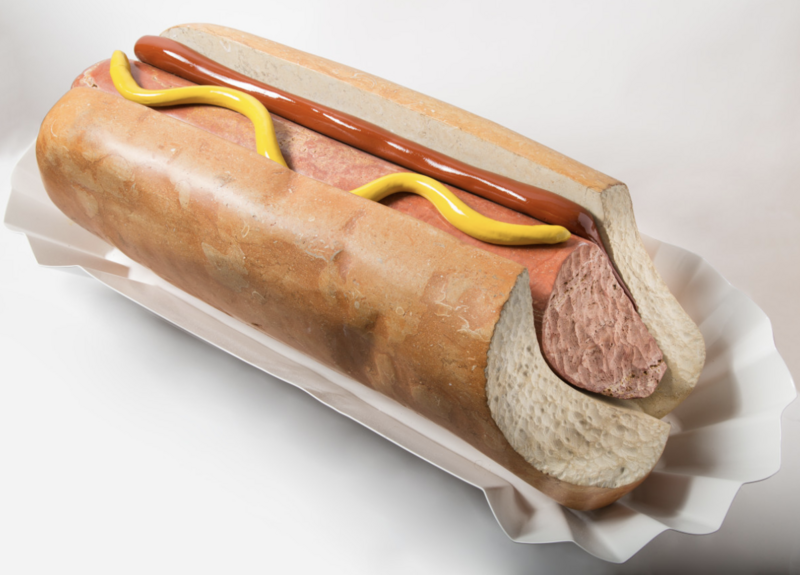
Robin Antar begins each sculpture by listening both to the materials in front of her and to the object that first captured her attention. Her creative process varies depending on the piece and her mood, but when it's realism she's after, it always begins with the source of inspiration from the real world. “When I’m carving from a realistic object, the first step is to select the object that inspires me,” she lays out. “Once I have that, I choose a stone that best represents the essence of the object.”
The preparation is part intuition, part calculation. Antar draws the object’s silhouette from the front and then the side to understand its proportions. These drawings guide her through the initial stages of cutting into the stone. "After that, I start cutting away the negative space around the silhouette, which allows the form to start emerging."
Each phase invites a deeper level of attention. As the form takes its shape, she shifts her focus to more precise details. That moment—when all the planning and carving come together—is one of her favorite parts of the process. “I love when I finish the piece, put it next to the real deal, and I have to do a double take on which is which,” she beams.
The illusion works best on her life-size sculptures: the jacket, the jeans, the boots. Objects that look soft and worn, yet are made entirely of stone.
Some artists set out with a fully formed vision for a body of work. For Antar, her realism work started with a moment of necessity (and a little nudge from her son.) A former student had asked her to help finish a sculpture that was intended as a wedding gift. But when Antar opened the bag, she realized the piece would need to be completely re-carved and reshaped.
As she worked, her son Leon offered a thought that would steer her into new territory: “Why don’t you make a Nike sneaker?”
The idea lingered. The very next day, she attended a fundraiser and found herself surrounded by boxes of Skechers boots. She took it as a sign, went home, sent a fax to the company, and within minutes, they responded. Her first commissioned realism piece was born. “It was a Skechers boot,” she recalls. “And it marked the beginning of my exploration into realistic pieces.”
As she gained momentum, Antar continued sculpting other pop culture references: a pair of shoes, a No. 2 pencil, a bag of chips. Each object reflected a lived moment or emotional tie. When her children were accepted into a school that met their needs, she celebrated by carving a two-foot pencil. That piece became notable not for its realism alone, but for how closely it resembled the original. So much so that the copyright office declined to grant protection because it was too lifelike.
Then, following the events of September 11, Antar began thinking more deeply about what defines American identity. She noticed a flood of flag-themed artwork and Twin Tower tributes. Instead of following that route, she went a different way. “I had to think,” she explains. “And I realized that for me, America was about comfort food and the everyday experiences that shape our lives.”
From that moment forward, she committed to documenting culture through the lens of the ordinary. Her “Realism in Stone” series captures these reflections. They are sculpted tributes to American life, told through the objects that hold memory and meaning.
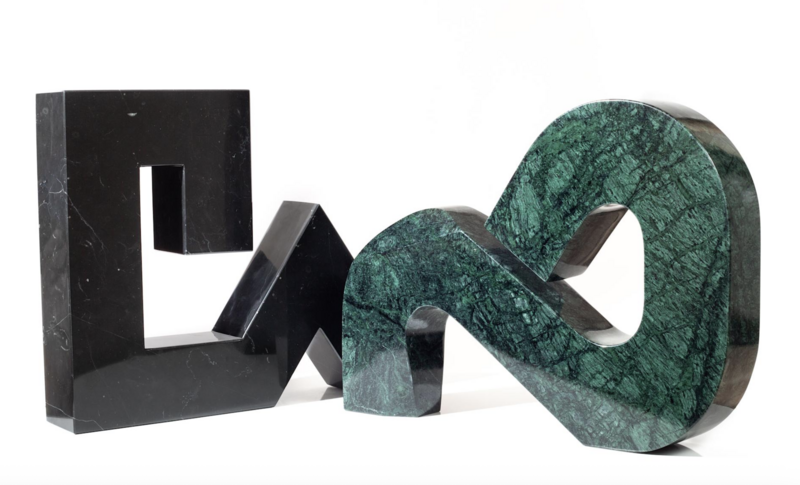
This sculptor moves between two distinct modes in her artmaking: hyper-detailed realism and deeply expressive abstraction. But there’s no hard divide between the two. What guides her is feeling—the emotions that rise to the surface, the thoughts that need translating—all determine which style comes forward.
When the feelings are intense and the moment is deeply personal, she turns inward. “My abstract, or as I call them, expressionist pieces are deeply rooted in the emotions stemming from various traumas in my life and the world around me,” she shares. These works often deal with large-scale issues, including American history, but they do so without spelling everything out. “Rather than revealing every detail, they convey a more visceral experience.”
Still, there are moments when she chooses to speak more directly through her abstraction. One of her sculptures features the U.S. Constitution tied into a knot, held up by a pair of sculpted hands—her hands. “It symbolizes my perspective on the fragility and complexity of our foundational documents and the ideals they represent,” she notes. The form speaks for itself, but its meaning still runs deep.
Her realism works, on the other hand, often begin with humor or familiarity. With an object or moment from daily life: something funny, nostalgic, or instantly recognizable. But even those pieces hold meaning. Together, these two paths allow Antar to show the full range of what she observes, questions, and feels. The decision to move between them is not a shift so much as a response to what each moment asks of her.
Robin Antar views her Realism in Stone series as a kind of visual archive: a record of what it feels like to live in America during a specific moment in time. Through sculpted recreations of familiar objects, she captures a culture shaped by branding, food, and the rhythms of daily life.
“I hope future generations will understand what America was like in 2025,” she muses. Antar wants her viewers to see the beauty, humor, and contradictions of the time period they represent. She hopes that one day in the future, someone will see these works, recognize the item, and understand the deeper context behind it. “I want viewers to connect with the human experience of this era—our joys, struggles, and identities.”
More than anything, she hopes the work becomes a bridge between generations, between memories and meaning. Each sculpture is a reminder that culture is built in the quiet moments, in the things we reach for, use, discard, and remember.
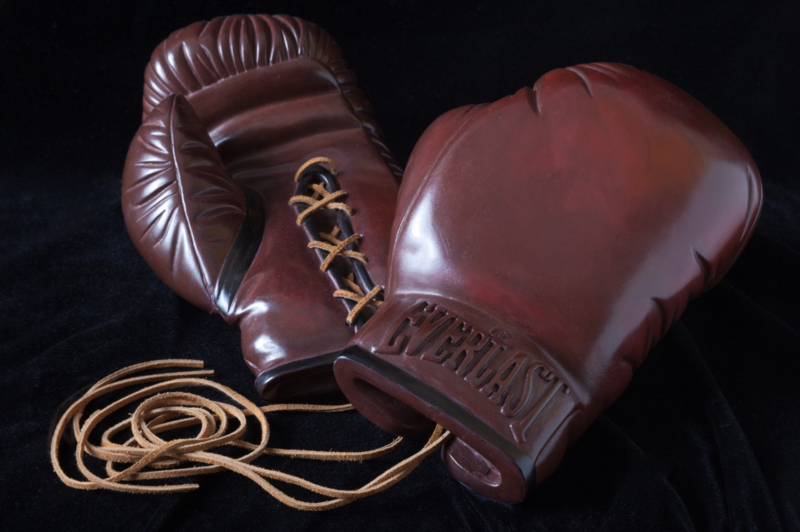
Success in the art world often feels tied to external validation. But for Robin Antar, the most valuable shift in her art career didn’t come from a gallery or a sale. It came from backing herself. "The best mindset shift for an artist is to never give up and stay true to their voice,” she states.
That mindset was recently tested as Antar applied to two professional opportunities she didn’t expect to get. To her surprise, she walked away with both: one granting her a new membership, the other awarding her a bronze prize. “This taught me the value of perseverance and self-belief,” she insists. Wins like that matter, but the bigger takeaway for her was how important it is to keep trying, even when the outcome feels uncertain.
Persistence has shaped her path for decades and, even after years of experience, she continues to challenge herself—to apply for what feels out of reach, to experiment with new subject matter, to bet on her instincts regardless of the odds. The sheer belief she has in herself is part of what keeps her career evolving.
At the same time, she’s had to learn the business side of the work through trial and error. “Bookkeeping” was the hardest skill to get a handle on, she admits. But once she did, it made a huge difference. Managing a studio takes structure. Once Antar figured out how to track her work, her income, and her expenses, she was able to run her art practice with more clarity and more freedom to focus on what matters most.
Sometimes a major shift in a studio happens because of a technical failure. That was the case for Robin Antar. After using several inventory programs that couldn’t keep up, she found herself facing a mess: her data had vanished, and she had to rebuild her records from the ground up. It meant lost time, lost momentum, and the frustration of starting over. “I realized I needed a reliable system to inventory my artwork,” she remembers.
She began looking for a new solution...but carefully. After her past experience, she wasn’t in a hurry to adopt the next platform. She wanted something that would last. At first, she wasn’t even sure if Artwork Archive was the answer. “I was hesitant to invest my energy,” she admits. But once she saw that it was web-based and didn't rely on an app, she decided to take the leap.
The decision paid off. Artwork Archive removed the constant fear that one update or crash might wipe out everything she had built. With a system that felt stable and intuitive, she regained trust in her records, and could put her energy where it belonged: in the work itself.
Apps are often limited to specific devices or operating systems.
With a cloud-based system like Artwork Archive, you can log in from any internet-connected computer or phone, anywhere in the world. You don’t have to worry about losing data, juggling devices, or running updates. We take care of the system so you can focus on your art.
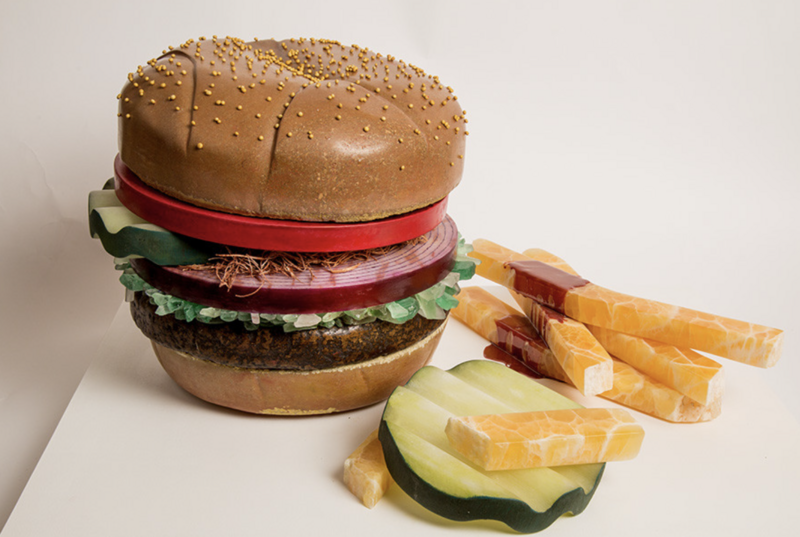
Antar has now carved Artwork Archive into her regular studio routine.
Something she relies on consistently is the ability to generate price lists and Inventory Reports. With these tools, she’s able to step back and see what’s selling, what’s moving slowly, and how each body of work performs. “It’s insightful to see which works sell the most,” she emphasizes. Over time, the numbers confirmed something she already felt: her realism pieces tend to generate more income, while her abstract, expression-driven works nourish her creatively.
Rather than choosing between the two, she creates space for both in her studio life. “Balancing both is key for me,” she adds. With tools that help her make informed decisions, she’s able to let each type of work do what it’s meant to do—and let both sides of her practice thrive.
Some pieces support your income. Others support your creative growth. Keeping track of both in your inventory helps you make informed choices about what to focus on next.
Try organizing your artwork by series, medium, or purpose to see what’s working. Then, head to your Insights page to start tracking trends.
Robin Antar has been making and selling her work for decades, and her advice for emerging artists comes from experience. “Keep your thoughts and message authentic. Never give up, use the best quality materials you can, and always be open to experimentation.”
She also knows the realities of financial pressure. “If you must get a day job, do it. Or you will have to make work that sells.” For a time, she chose that route. The pieces served their purpose, but they didn’t bring her joy. That changed in 2013 after the loss of her son. In the wake of that grief, Antar made a promise to herself: to only sculpt things that had personal meaning.
She let go of her decorative line—despite selling over 200 salt cellars—because she no longer wanted to work just to sell. “They were what you call a loss leader, to get people into your studio.” But what she really wanted was to create from a deeper place.
And she does, everyday.
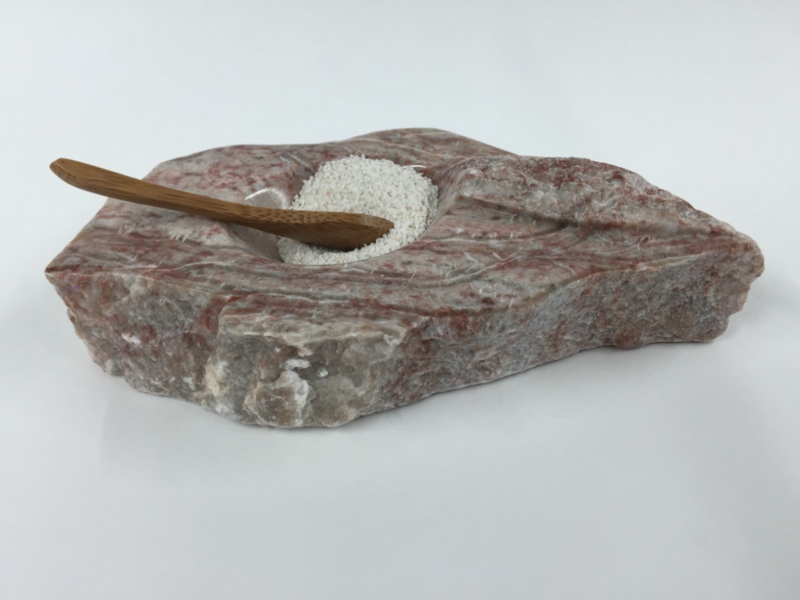
0 Comments
Leave a Reply